Dominican Republic free zones: why they are key and what effect do “tax holidays” generate
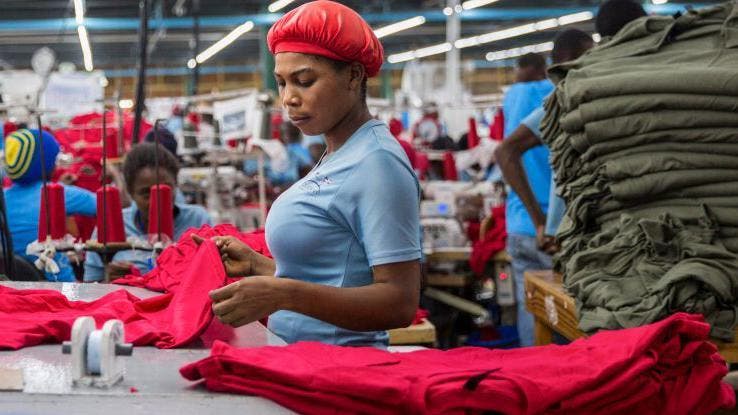
Throughout the Dominican Republic, there are several unique places with companies that produce everything from medical equipment to jewelry and are exempt from taxes.`
London – These are free zones and industrial parks with more lenient fiscal and customs rules than in the rest of the Caribbean, and through which two-thirds of Dominican exports currently flow.
These areas have also become a source of employment for this nation of 11 million people, with 198,000 direct jobs generated until the end of last year, according to figures from the Association of Free Zones of the Americas (AZFA).
According to the same source, the Dominican Republic has become the Latin American country with the most direct jobs from free trade zones and parks under that regime, followed by Costa Rica and Honduras.
“Free trade zones have been key in our country for decades, regardless of the party that has been in government,” says Claudia Pellerano, a Dominican who chairs the AZFA, in an interview with BBC Mundo.
They play an essential role in the country’s economy, which holds presidential elections this Sunday.
However, these unique places have received critical notes from the World Bank.
“They’ve diversified.”
Free trade zones had become a kind of long-term policy that the Dominican Republic had had to attract investment since 1969 when the first opened in La Romana.
That venture was born at the behest of a transnational with sugar investments, the Gulf and Western Americas Corp., after the approval of industrial incentive regulations that exempted companies installed in the country’s free trade zones from taxes.
Over time, other free zones emerged in the Dominican Republic. As early as 1983, the number of companies operating in them exceeded one hundred. In the following years, the country’s growth rate was already outstanding at the Caribbean and Central American levels.
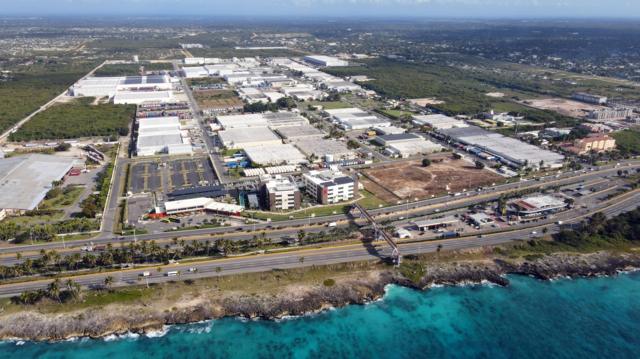
This special Dominican regime received a significant incentive from the United States, first with preferential tariffs on products from the region and then with the free trade agreement with Central America and the Dominican Republic (DR-CAFTA) starting in the 2000s.
Currently, some 820 local and foreign companies in Dominican free trade zones moved exports for more than US$8,000 million in 2023, according to official figures, a record figure for the country, with the U.S. as a significant destination (79% of the total).
These sales range from traditional textiles and tobacco to pharmaceuticals and medical equipment, which are the main exports, totaling US$2.474 billion and exceeding 30% of departures from free zones.
They also export plastic, metal, electrical, and footwear products.
This industrial range added thousands of jobs in the Dominican free trade zones, according to its proponents, at a faster rate than in other Latin American countries, where small and medium-sized companies in commerce or services abound in these areas.
Based on its geographical location and infrastructure of ports and airports, the Dominican Republic is now betting on benefiting from nearshoring. Western industries outsource part of their production to nearby countries to simplify their logistics instead of in Asia.
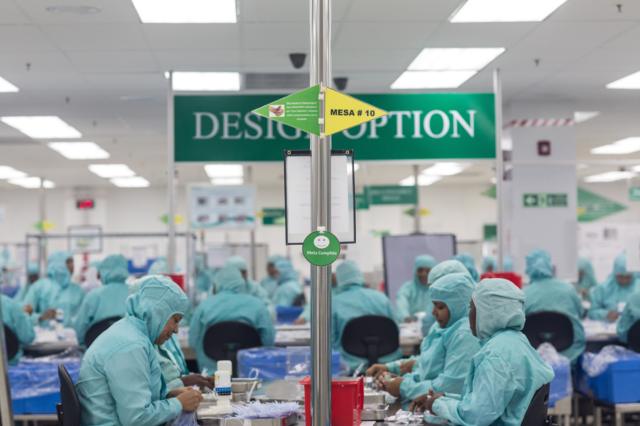
Fernando Capellán has witnessed firsthand how Dominican free trade zones have changed since he started working as an industrial engineering intern at a garment plant in 1979 in Santiago de los Caballeros, the country’s second-largest city.
Seven years later, he founded his own textile company in the exact location and later set up an industrial park, Codevi, in a free zone in neighboring Haiti that provides labor to the supply chain.
“The free trade zones in the Dominican Republic have shown that they are a sector with a lot of potential,” Capellán told BBC Mundo. “They have diversified and become more sophisticated with more added value. And more technology even in the textile area, which is where it started.”
“Limited”
However, there have also been suggestions to modify this policy in the Dominican Republic.
The World Bank said in an August paper that while activity in the special economic zones boosted employment and attracted foreign direct investment to the country, “its spillover effects on the rest of the economy have been limited.”
He added that, on average, they generated 3.8% of total employment between 2010 and 2019 and that low-tech companies under those special regimes have almost 30% lower productivity than comparable companies outside them.

In another report on the country’s climate and development, the World Bank suggested in November reviewing “the tax holidays for the Dominican Special Economic Zones” to ” ensure fiscal neutrality between companies and sectors.”
However, representatives of the free zones are reluctant to make such changes.
“When a free zone company makes an investment, it makes it for the long term. And when that legal framework is constantly changed, the investment part is destabilized. So for us, the stability of that framework is important,” says Pellerano.
And he points out that “in this government, in recent years there has been a clear priority and support for the free zone sector.”
Dominican President Luis Abinader is the favorite to be re-elected. His lead is so large that he could win an absolute majority on Sunday and avoid a runoff with his predecessor, Leonel Fernandez or Abel Martinez, a former mayor of Santiago de los Caballeros.
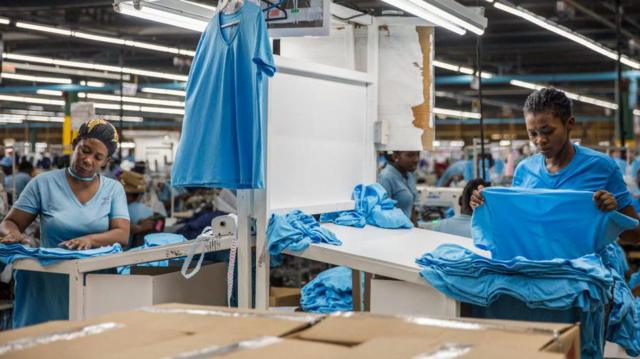
Different analysts point out that a key to Abinader’s favoritism is the strong recovery of the Dominican economy after the covid pandemic, with growth rates above the regional average and a 5.4% expansion of GDP projected for this year by the IMF.
A recent analysis by the Elcano Royal Institute in Spain indicated that this Dominican economic bonanza is supported by the country’s “star sectors,” such as free zones and tourism, in addition to remittances.







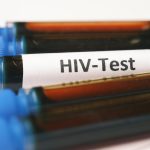


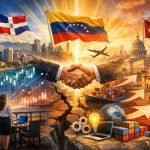




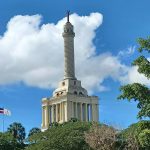

If the semiconductor industry arrives in earnest to the free trade zones the country’s economy will have explosive growth.
Are the workers getting paid equally?, whos getting the kicksbacks from this arrangement?